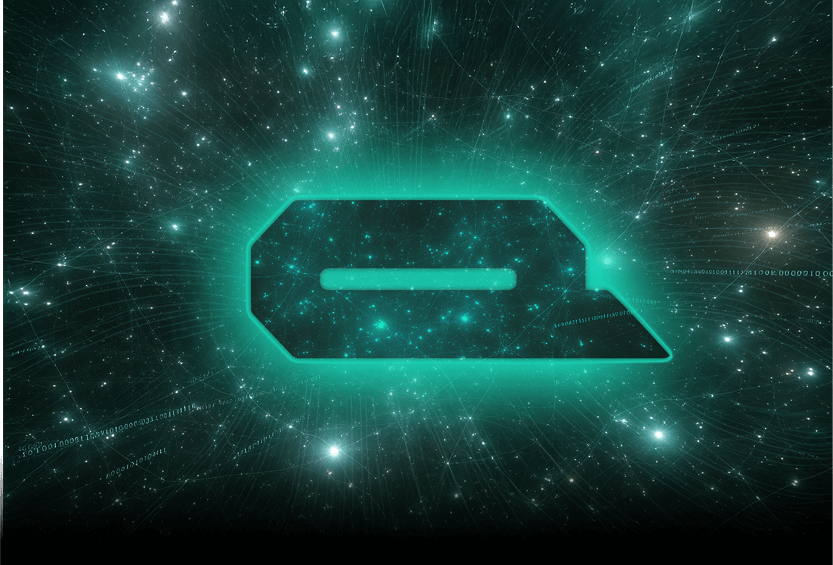Tether Introduces QVAC, a groundbreaking decentralized AI platform launched on May 14, 2025, designed to run on local devices without relying on centralized services. Integrating USDT and Bitcoin payments, this open-source initiative aims to redefine AI development with privacy and autonomy at its core. This article explores QVAC’s features, strategic importance, and its potential to reshape the AI-blockchain landscape.
A New Era for AI Development
Tether Introduces QVAC, an open-source platform that eliminates the need for API keys or centralized servers. Unlike traditional AI systems dependent on cloud infrastructure, QVAC operates directly on devices like smartphones and laptops, ensuring data privacy and reducing reliance on Big Tech. Tether’s CEO, Paolo Ardoino, envisions QVAC enabling billions of AI agents to interact peer-to-peer, creating a scalable, self-adapting network inspired by sci-fi visions of autonomous intelligence.
The platform integrates Tether’s Wallet Development Kit (WDK), enabling seamless USDT and Bitcoin transactions across applications and devices. This feature supports autonomous AI agents capable of conducting secure, non-custodial payments, fostering a new generation of decentralized applications (dApps). QVAC’s modular architecture allows developers to build flexible, AI-driven dApps, enhancing innovation in the AI-blockchain space.
Strategic Vision and Investments
Tether Introduces QVAC as part of its broader strategy to lead the convergence of AI and blockchain, a market valued at over $25 billion in 2025. Tether’s prior investments, including $420 million in 2023 and $610 million in loans to Germany’s Northern Data, underscore its commitment to AI infrastructure. These funds bolster QVAC’s hardware-agnostic runtime, ensuring it runs efficiently on diverse devices without centralized points of failure.
QVAC also incorporates Keet, Tether’s peer-to-peer messaging app, to facilitate secure, distributed data interactions. This integration enhances the platform’s ability to support privacy-focused applications, positioning QVAC as a competitor to centralized AI models. Community sentiment online praises QVAC’s potential to democratize AI, though some express concerns about adoption challenges in a cloud-dominated market.
Discover: Tether Strengthens XAUT with 7.7 Tons of Gold Backing
Transforming the AI-Blockchain Landscape
Tether Introduces QVAC to empower developers and users with a decentralized alternative to traditional AI. By running AI agents locally, QVAC minimizes data exposure, addressing privacy concerns that plague centralized systems. Its peer-to-peer network enables direct device communication, reducing latency and enhancing scalability. This architecture supports applications ranging from financial services to secure messaging, all powered by AI agents.
The platform’s integration of USDT and Bitcoin payments opens new economic models, allowing AI agents to execute transactions autonomously. For example, a QVAC-based dApp could enable devices to negotiate and settle payments without intermediaries, streamlining processes in DeFi and beyond. Tether’s open-source approach invites global developers to contribute, potentially accelerating the creation of innovative AI-blockchain solutions.
Implications for the Future

Tether Introduces QVAC at a pivotal moment, as the AI-blockchain market grows rapidly. With a $150 billion market cap, Tether leverages its USDT dominance to fund ambitious projects like QVAC, signaling a shift toward decentralized tech ecosystems. The platform’s success could challenge Big Tech’s grip on AI, offering a privacy-first alternative that aligns with blockchain’s ethos of transparency and autonomy.
However, QVAC faces hurdles, including user adoption and competition from established AI providers. Its reliance on local device processing may limit performance on low-end hardware, though Tether’s modular design aims to mitigate this. As the platform evolves, its ability to attract developers and deliver scalable dApps will determine its impact.
Conclusion
Tether Introduces QVAC, a decentralized AI platform that redefines privacy and autonomy in AI development. By integrating USDT, Bitcoin, and AI agents, QVAC enables secure, peer-to-peer applications on local devices. As Tether pushes the boundaries of AI-blockchain innovation, QVAC could lead a new wave of decentralized solutions, challenging centralized AI models and reshaping the future of technology.




